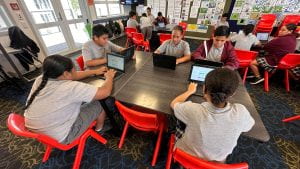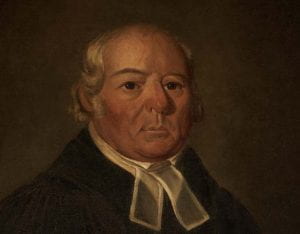LI: To discuss the impact of volcanoes on the environment and human communities.
We have been exploring cinquain poems. A conquain poem. A cinquain poem has 5 lines. Each line has a different purpose. Line 1 is a noun which is a name. Line 2 has 2 adjectives taht describe the noun. Line 3 has 3 verbs that end in ‘ing’ and describe the actions. Line 4 is a noun phrase which is a group of words (not a sentence) that go together to describe the noun. Line 5 is a synonym which is a word with a similar meaning to the noun. We used our poem to show our understanding of volcanoes. Something I found interesting about this was that we can make a unqie story just by using some of these powerful words.

